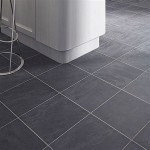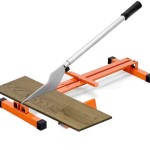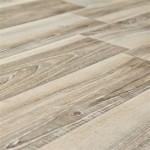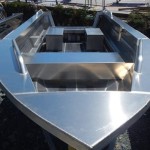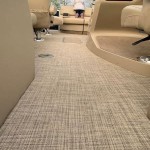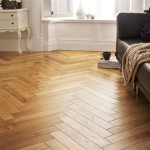Tile Flooring Styles: A Comprehensive Guide to Materials, Textures, and Patterns
Tile flooring has become an increasingly popular choice for homeowners and designers alike. Its versatility, durability, and aesthetic appeal make it an ideal solution for a wide range of spaces, from kitchens and bathrooms to living rooms and entryways.
With so many different tile flooring styles available, it can be overwhelming to know where to start. This guide will provide you with all the essential information you need to select the perfect tile flooring for your project.
Materials
The most common types of tile flooring include:
- Ceramic: Made from clay and fired at high temperatures, ceramic tiles are durable, moisture-resistant, and available in a wide range of colors and patterns.
- Porcelain: A type of ceramic tile that is denser and more water-resistant than traditional ceramic tiles, porcelain tiles are ideal for high-traffic areas and outdoor applications.
- Natural stone: Made from materials such as marble, granite, and slate, natural stone tiles are highly durable, luxurious, and unique.
- Glass: Made from recycled glass, glass tiles are non-porous, hygienic, and available in a variety of colors and finishes.
- Metal: Made from materials such as stainless steel, brass, and copper, metal tiles are durable, reflective, and can add a modern touch to any space.
Textures
Tile flooring can have a variety of textures, including:
- Smooth: Smooth tiles are easy to clean and maintain, making them ideal for high-traffic areas.
- Textured: Textured tiles provide additional traction, making them a good choice for areas where moisture or spills are common.
- Non-slip: Non-slip tiles are ideal for outdoor areas or areas where safety is a concern.
- Embossed: Embossed tiles have a raised pattern, adding visual interest and depth to a space.
Patterns
Tile flooring can be installed in a variety of patterns, including:
- Basic: Basic patterns, such as squares or rectangles, are classic and timeless.
- Herringbone: A herringbone pattern is created by laying tiles at an angle, forming a zigzag pattern.
- Basketweave: A basketweave pattern is created by alternating squares or rectangles at 90-degree angles.
- Checkerboard: A checkerboard pattern is created by alternating light- and dark-colored tiles.
- Mosaic: A mosaic pattern is created by using small pieces of tile to form a larger design or image.
Choosing the Right Tile Flooring
When choosing tile flooring, it is important to consider the following factors:
- Usage: Consider the amount of traffic and the type of activities that will take place in the space.
- Moisture resistance: If the flooring will be installed in a wet area, choose a material that is moisture-resistant or waterproof.
- Aesthetics: Choose a style and pattern that complements the overall design of the space.
- Budget: Tile flooring can range in price from inexpensive to high-end. Set a budget before you start shopping.
With so many different tile flooring styles to choose from, you are sure to find the perfect option for your project. By following the tips in this guide, you can select a tile flooring that is functional, beautiful, and built to last.

The Art Of Modern Tile Flooring Why Porcelain Reigns Supreme

Tile Styles 3 Timeless Options For Your Home Wayne

Tile Flooring Trends Designs Ideas For 2024 And Beyond

New Porcelain Tile Collection Wood Stone Look

7 Top Tile Trends And Styles For 2024

Tile Styles Signature Floors Interiors

What Are The Top Tile Trends In 2024 Flooring

Effortless Style Porcelain Tile Inspiration

25 Latest Tiles Designs For Hall With S In 2024 Living Room Marble Flooring Design Floor Tile

Tile Flooring In Kingston Ma Peck S America
Related Posts

